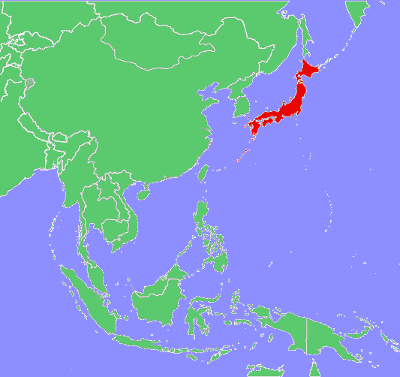
Circle the area on this map

B. The bombings killed between 150,000 and 246,000 people and were the only use of nuclear weapons in war. Japan surrendered to the United States and its Allies six days after the Nagasaki bombing. The group awarded the Peace Prize has represented hundreds of thousands of survivors of the attacks to raise awareness of the human consequences of nuclear warfare.
D. Russia’s Putin and his allies in his war against Ukraine, Kim of North Korea and Lukashenko of Belarus, have all threatened in the past three weeks to use nuclear weapons against the United States or its allies.
C. Russia is estimated to have 5,580 nuclear warheads just a bit more than the United State’s estimated 5,044 warheads. China ranks a distant third with an estimated 500 warheads, followed by France with 290. Nine nations have nuclear weapons and at least one more is believed close to obtaining them. Warheads also are deployed in many countries allied to the nuclear nations.
A. With end of the Cold War and the signing of the Strategic Arms Reduction Treaty between the United States and the Soviet Union, the bulletin created by Albert Einstein and atomic bomb scientists set the Doomsday Clock to 17 minutes to midnight in 1991. It is now set at 90 seconds to midnight, largely because of the Ukraine war and growing threats from climate change.